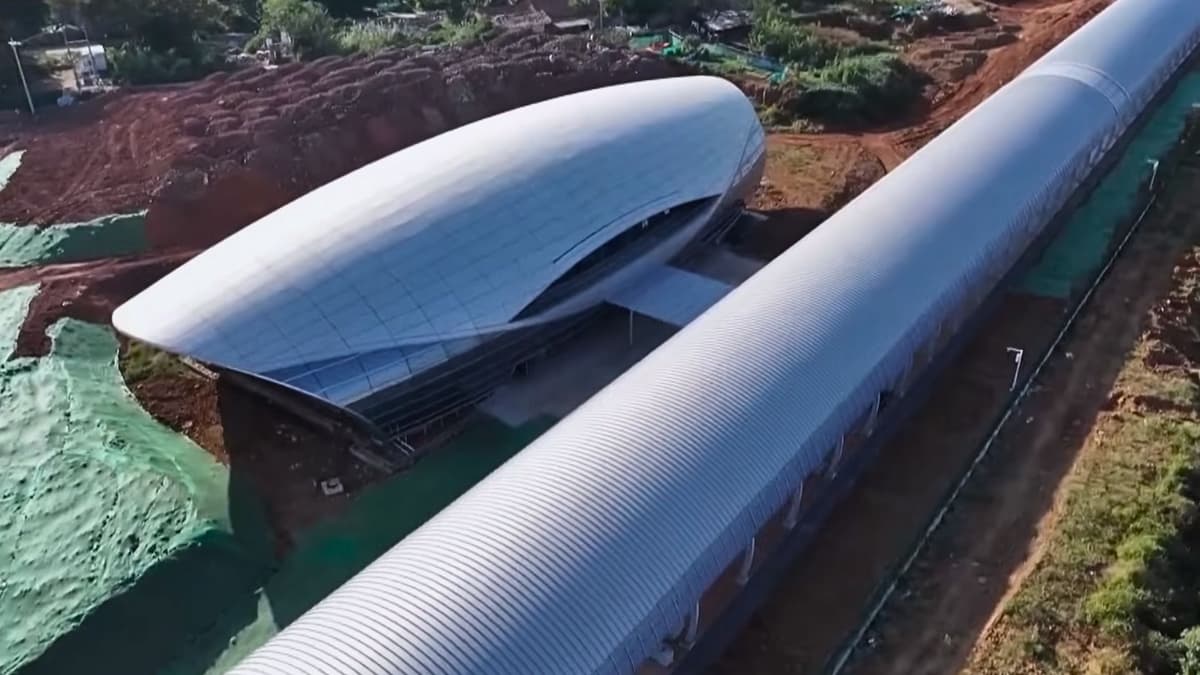China’s maglev research program has reached a major milestone by accelerating a 1.1-tonne test vehicle to 650 km/h (about 404 mph) in just seven seconds, all within a 600-meter stretch of track. The achievement took place at Donghu Laboratory in Hubei Province, where engineers are developing short-distance, high-speed test methods that depart from the traditional long test tracks typically used for such experiments.
Instead of relying on multi-kilometer tracks to test acceleration and braking, the Donghu team implemented a compact 1-km demonstration line. The system uses electromagnetic propulsion, with a high-power linear motor paired with magnetic levitation that keeps the vehicle hovering just above the guideway. With no physical contact between the vehicle and the track, the system only contends with aerodynamic drag, allowing for rapid acceleration and precise braking.
The maglev vehicle can decelerate from its top speed within 200 meters, thanks to an advanced control system that tracks the vehicle’s position with four-millimeter accuracy. This level of control makes it possible to achieve such speeds in a short distance while maintaining safety and repeatability.
The current milestone is not the project’s final goal. The test line has been designed for regular runs at speeds up to 800 km/h once construction and commissioning are completed later this year. This compact, high-speed testing approach reduces land use, lowers costs, and allows for more frequent trials—benefits that could transform how future maglev systems are developed and integrated, especially in urban environments.
China leads the world in operational maglev infrastructure, outpacing South Korea and Japan. The country’s Shanghai Maglev has been in service since 2004, operating at 430 km/h using German Transrapid technology. China has since expanded on that foundation, pushing into high-temperature superconducting maglevs and experimenting with low-vacuum tube systems that could reach 1,000 km/h.
Maglev innovation in China extends beyond transportation. A private aerospace company, Galactic Energy, is developing a maglev-based launch assist system designed to accelerate satellite stages before ignition, with operational deployment targeted for 2028.
In contrast, other regions have been slower to adopt maglev. South Korea runs a lower-speed maglev line near Incheon Airport, and Japan’s superconducting Chūō Shinkansen remains under construction. In the U.S., proposed maglev routes have yet to progress beyond planning stages.
The new 650 km/h sprint not only showcases the power of electromagnetic propulsion but also highlights the potential for more efficient and compact testing methods in high-speed rail development. As the project advances toward even higher speeds, it may help bridge the gap between today’s open-air maglev systems and future ultra-high-speed vacuum-based transport concepts. The technologies proven in this program are also expected to influence civilian applications beyond passenger rail in the coming years.
By Impact Lab


